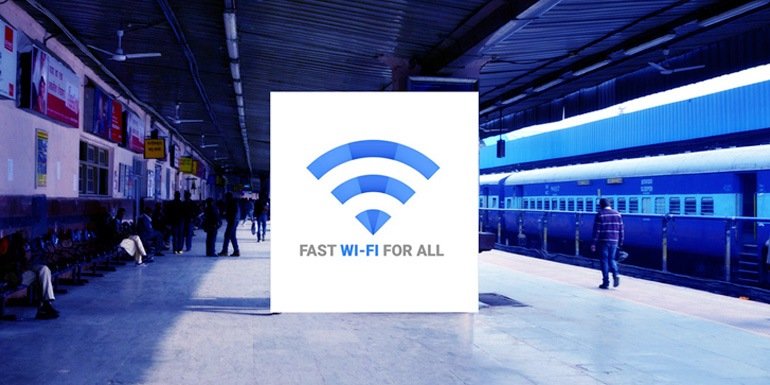In a short span of eleven months with its initial launch in Mumbai Central railway station, Google’s free high-speed public WiFi service has now reached 100th Indian railway station. Google in partnership with state-owned RailTel Corp, has rolled out the WiFi service in Udhagamandalam (Ooty) railway station. Marking the 100th Indian railway station to get the super high-speed free public WiFi service.
If you have missed the back story, the whole free WiFi service is part of Project Nilgiri. Google India’s master plan to create world’s largest free Wi-fi hotspot network covering over 400 railway stations across India. For this, the internet giant has partnered with Indian Railways technological arm RailTel, which has an extensive optical fibre network laid along the railway lines.

With this roll out around 10 million people passing through these railway stations can have an access to high-speed internet. Google says, over 15,000 people, every day connect to the internet from these stations for the first time ever. Also on an average, data consumption per user is more than 15 times the data they would consume on a 3G data pack in a day.
How to connect to Google WiFi on Railway Stations
- Just switch on your WiFi (on a smartphone, Laptops etc) to find ‘RailWire Wi-Fi’ network and connect to the network.
- Open your browser and enter the URL railwire.co.in.
- You will be then asked to provide your phone number in the WiFi login screen. Click on ‘Receive SMS’ to get the one-time password (OTP). Note – you will need to enter the phone number every time you try to connect to the Wi-Fi network.
- Enter the 4-digital OTP code received on SMS to the WiFi login screen.
- Once entered you will be fully connected to Google WiFi and can start enjoying the high-speed internet.
Talking about, RailTel the state-owned company has built a network of fiber-optic lines which covers more than 45,000 km along most major rail tracks across the country. Google will utilise this vast fibre network to provide high-speed WiFi service. Railtel will be the ISP and Google will offer the Wireless Area Networks (WAN) across the railway platform setting up the WiFi access points.


